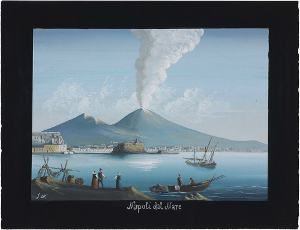Speaker
Dr
Rikard Enberg
(Uppsala University)
Description
The atmospheric neutrino flux is produced when cosmic rays collide with Earth's atmosphere. At very high energy, the prompt contribution to the neutrino flux, which comes from decays of charmed hadrons, dominates over the conventional flux, which comes from pion and kaon decays. This is due to the very short lifetime of the charmed hadrons, which therefore do not lose energy before they decay.
The calculation of this process is challenging because the Bjorken-x at which the parton distribution functions are evaluated is very small. This is a region where QCD is not well understood, and large logarithms must be resummed. Available parton distribution functions are not known at such small x and extrapolations must be made. Theoretically, the fast rise of the structure functions for small x should ultimately lead to parton saturation effects.
I will discuss the calculation of the prompt atmospheric neutrino flux at high energies, performed by several groups recently, comparing three different frameworks for calculating the heavy quark production cross section in QCD: NLO perturbative QCD, kT factorization including low-x resummation, and the dipole model including parton saturation. These calculations can nowadays be constrained by RHIC and LHC data, especially forward charm meson production from LHCb at both 7 TeV and at 13 TeV. I will also discuss the effect of nuclear shadowing, which may decrease the prompt flux by 10% to 50% at the highest energies.
Primary author
Dr
Rikard Enberg
(Uppsala University)

